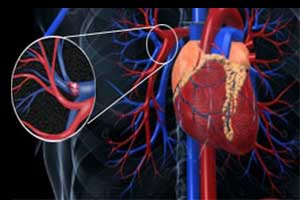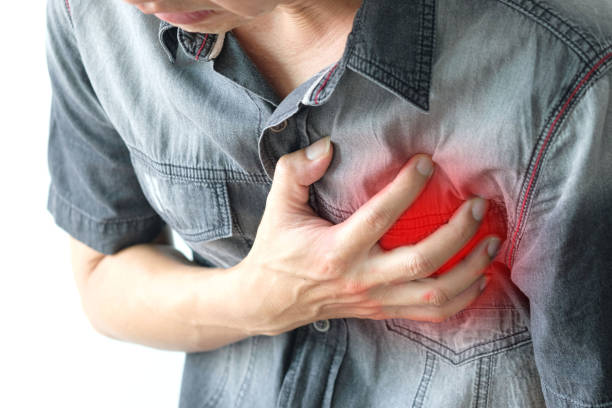Transcranial direct current stimulation is a safe treatment
Transcranial direct current stimulation, tDCS, is a promising treatment for conditions such as depression and addictive disorders. New evidence on the safety of transcranial direct current stimulation was recently offered by a new study showing that tDCS does not affect metabolism.
Transcranial direct current stimulation is a non-invasive method for modulating neuronal activity by introducing a small electric current into the brain via electrodes placed on the scalp.
“In earlier studies, transcranial direct current stimulation has been found to alter glucose metabolism and stress hormone levels, among other things. However, our study looked at more than 100 molecules and we didn’t observe an effect on any of them,” PhD student Aaron Kortteenniemi, the lead author of the study, from the University of Eastern Finland notes.
The study, conducted in collaboration between the University of Eastern Finland and the University of Helsinki, analysed 79 healthy, adult men. Half of them were given transcranial direct current stimulation, while the other half received placebo stimulation. Each study participant was given stimulation on five consecutive days, and their blood samples were taken for analysis three times over the course of the study.
“This was a surprising discovery, since earlier studies have shown that transcranial direct current stimulation affects glucose metabolism in such a way that researchers have even considered its potential in the treatment of diabetes,” Kortteenniemi explains.
“Yet, our findings show that there are no clinically significant changes in the measured metabolite levels. This supports our current understanding of transcranial direct current stimulation as a safe treatment also when taking metabolism into consideration.”
Transcranial direct current stimulation has also attracted interest in the treatment of conditions such as depression and addictive disorders. These diseases are significant both for individuals’ quality of life and for national economies. In the future, transcranial direct current stimulation could open up new opportunities for treatment in situations where other forms of treatment are infeasible.
Source: University of Eastern Finland (UEF Viestintä)
Full bibliographic information
Front. Psychiatry, 07 May 2020 |
Anodal tDCS Over the Left Prefrontal Cortex Does Not Cause Clinically Significant Changes in Circulating Metabolites
Aaron Kortteenniemi1, Alfredo Ortega-Alonso2,3, Amir-Homayoun Javadi4,5,6, Tommi Tolmunen1,7, Toni Ali-Sisto1, Tuukka Kotilainen1, Jan Wikgren8, Leila Karhunen9, Vidya Velagapudi10 and Soili M. Lehto11*





